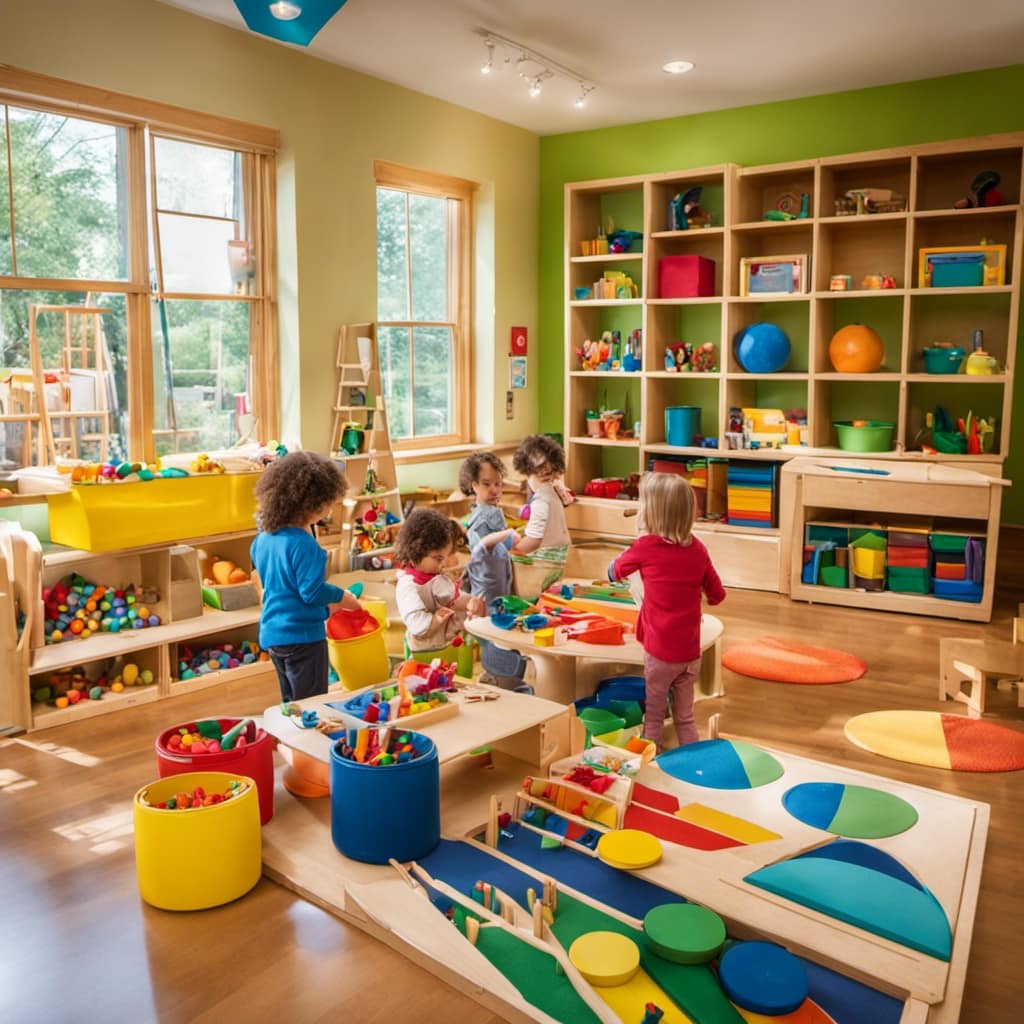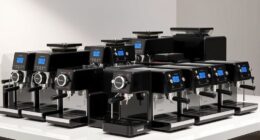Curious about how children develop their language skills?
Well, let me tell you about the power of Montessori Language Materials.
These materials not only teach written and spoken language but also cater to different learning styles.
By isolating universal elements found in all languages, like phonetic sounds and sentence structure, Montessori Language Materials provide a strong foundation for language development.
Plus, they enhance hand-eye coordination and pencil control through activities like tracing sandpaper letters and manipulating the movable alphabet.
Trust me, the structured and interactive approach of Montessori Language Materials is a game-changer for children’s language skills and overall growth.
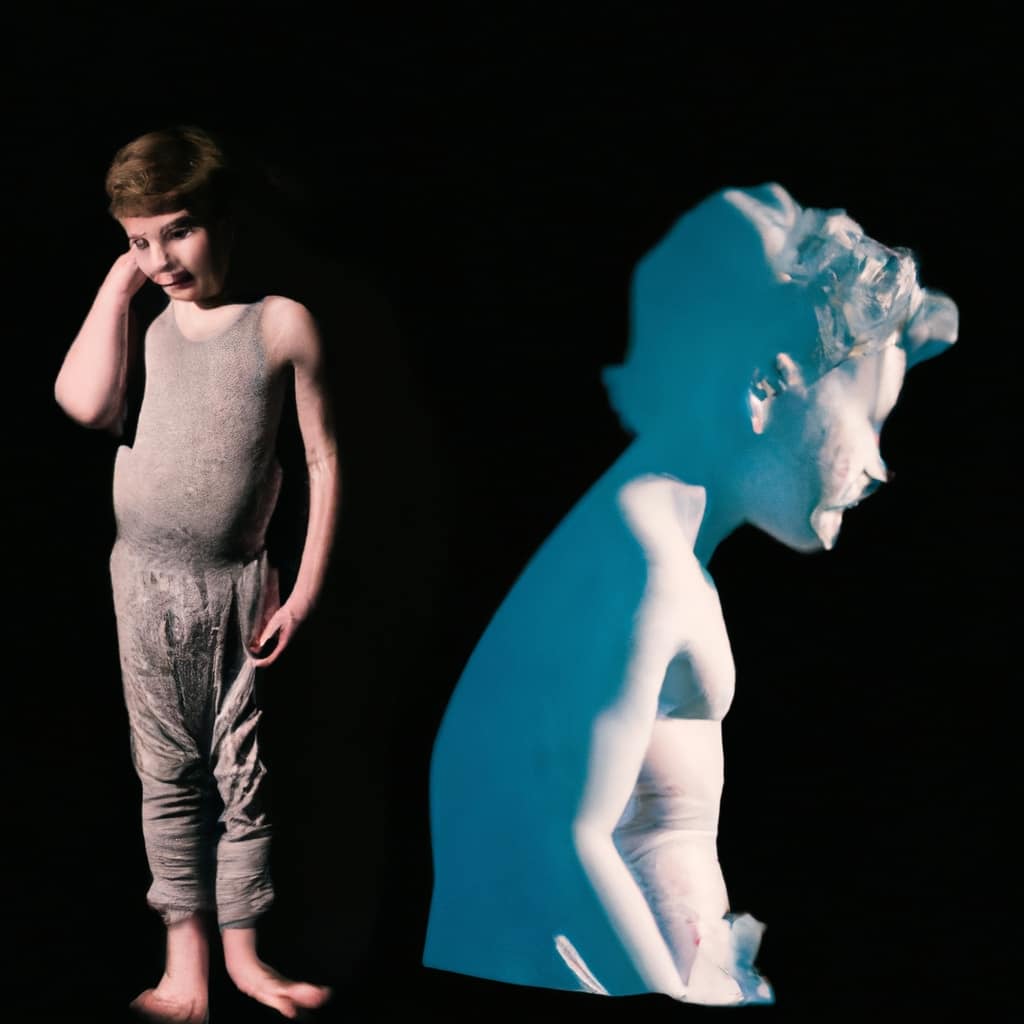
Key Takeaways
- Montessori Language Materials are essential for children’s language development and aid in exploring different aspects of language.
- These materials isolate universal elements found in all languages and help develop hand-eye coordination and pencil control.
- Montessori Language Materials build a strong foundation for reading, writing, and comprehension.
- By using these materials, children can achieve academic success and personal growth in language skills.
The Benefits of Montessori Language Materials
I’ve experienced the many benefits of Montessori Language Materials in my own language development, from improving hand-eye coordination to fostering a deep love for language and learning.
The benefits of early exposure to these materials are immense. They provide a structured and interactive approach to language learning, allowing children to acquire language skills in a fun and engaging way.
Montessori Language Materials also cater to different learning styles, ensuring that every child can learn at their own pace.
Additionally, incorporating technology into these materials enhances the learning experience, as it allows for interactive activities and digital resources.
This combination of hands-on materials and technology creates a dynamic and effective learning environment that sets a strong foundation for future language development.
Enhancing Language Development With Montessori Materials
Using these specialized tools has greatly enhanced my ability to develop and improve my language skills. Incorporating Montessori materials for early literacy and incorporating Montessori language materials in homeschooling have been game-changers for me. Here are three reasons why:

-
Versatility: Montessori language materials can be adapted to different learning styles and cater to individual needs. This flexibility allows me to personalize my language learning experience.
-
Hands-on learning: These materials provide a tactile and interactive approach to language development. Activities like tracing sandpaper letters and manipulating the movable alphabet engage my senses and make learning enjoyable.
-
Strong foundation: Montessori language materials lay a solid foundation for reading, writing, and comprehension. By focusing on universal language elements, such as phonetic sounds and vocabulary, these materials equip me with essential language skills for future academic success.
Overall, incorporating Montessori language materials has revolutionized my language learning journey, making it engaging, effective, and enjoyable.
Unlocking Language Proficiency With Montessori Language Materials
Through the use of Montessori language materials, I have discovered the key to unlocking my proficiency in different languages. These materials have been instrumental in enhancing my vocabulary development and promoting language fluency.
The Montessori approach focuses on isolating universal elements found in all languages, such as phonetic sounds, sentence structure, and vocabulary. By engaging with these materials, I have been able to develop a strong foundation in language skills.

The hands-on activities, like tracing sandpaper letters and manipulating the movable alphabet, have greatly improved my hand-eye coordination and fine motor skills. Moreover, the structured and interactive approach of Montessori language materials has allowed me to acquire language skills in a systematic manner.
Overall, these materials have played a vital role in my language development and have set me on the path to linguistic success.
Developing Fine Motor Skills With Montessori Language Materials
By engaging with these tools, I’ve noticed a significant improvement in my fine motor skills. The Montessori Language Materials are not only beneficial for language development but also play a crucial role in developing pencil control and hand-eye coordination. Through sensory engagement, these materials provide a hands-on approach to learning language.
Here are three ways in which they contribute to developing fine motor skills:
-
Tracing sandpaper letters: This activity requires precise finger movements, enhancing hand-eye coordination and pencil control.
-
Manipulating the movable alphabet: Rearranging letters to form words strengthens fine motor skills and improves dexterity.
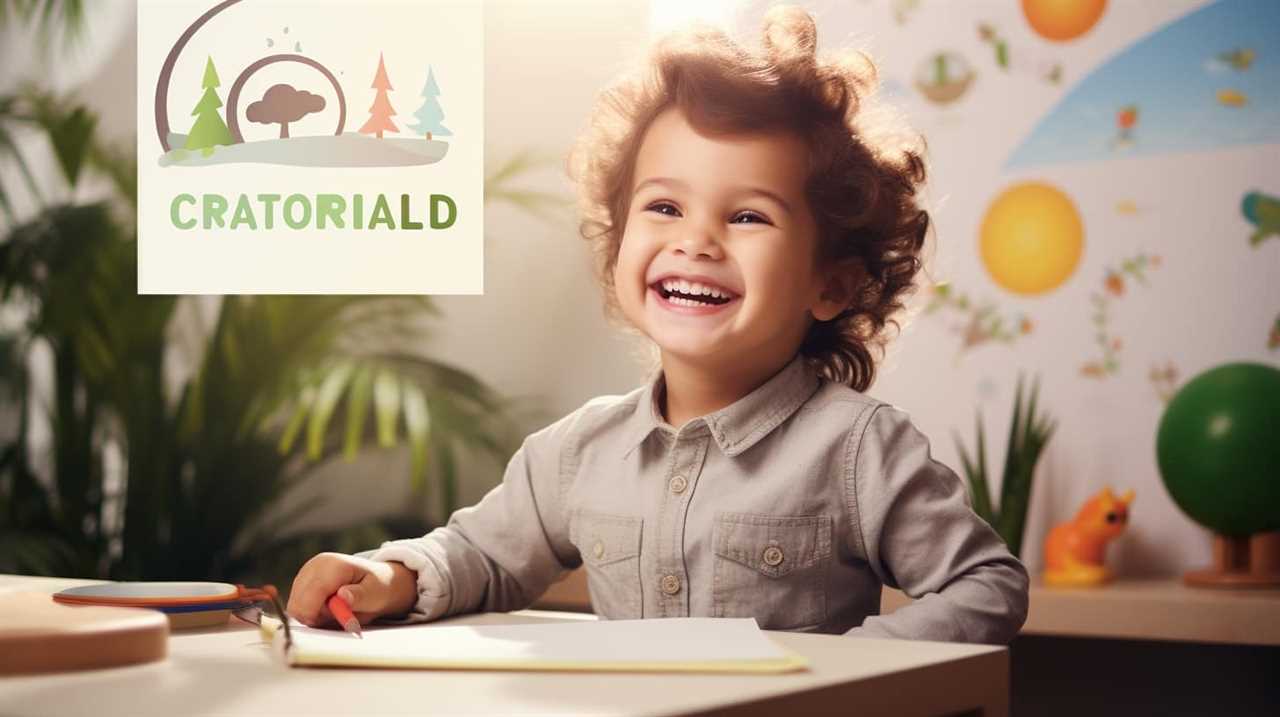
-
Engaging with color-coded symbols: Recognizing and matching symbols to sounds or meanings enhances visual discrimination while developing fine motor skills.
Interactive Learning With Montessori Language Materials
When I engage with the Montessori Language Materials, I notice how interactive they are in promoting my learning experience. These materials offer engaging activities that stimulate my senses and make language learning a multi sensory experience. The use of different colors, textures, and manipulatives in the materials captivates my attention and enhances my understanding of language concepts. For example, the sandpaper letters allow me to feel the shape and texture of each letter while associating it with its corresponding sound. This multi sensory approach helps me develop a deeper connection with the language and improves my retention of information. Moreover, the interactive nature of these materials encourages active participation and boosts my motivation to learn. Overall, the Montessori Language Materials provide me with an enriching and interactive language learning journey.
| Engaging Activities | Multi Sensory Approach |
|---|---|
| Tracing sandpaper letters | Feeling the texture of letters |
| Manipulating the movable alphabet | Associating sounds with physical letters |
| Matching objects with corresponding labels | Linking visuals with written words |
| Creating sentences using word cards | Building sentences with hands-on materials |
The incorporation of these engaging activities and multi sensory approach creates a dynamic learning environment that fosters my language development and makes the process enjoyable.
Fostering a Love for Language With Montessori Materials
Engaging with these materials ignites a passion for communication and fosters a deep appreciation for the beauty of language. The Montessori Language Materials play a vital role in fostering language exploration and promoting early literacy skills. Here are three reasons why these materials are invaluable in developing a love for language:
-
Multisensory Experience: The Montessori Language Materials engage children’s senses through hands-on activities like tracing sandpaper letters and manipulating the movable alphabet. This multisensory experience enhances their understanding and retention of language concepts.
-
Personalized Learning: These materials cater to different learning styles, allowing children to explore language at their own pace and in their preferred way. This personalized approach fosters a sense of autonomy and self-discovery, making language learning more enjoyable and meaningful.

-
Building Confidence: By using the Montessori Language Materials, children gain confidence in their language skills. They experience a sense of accomplishment as they master new words, sounds, and sentence structures. This confidence boosts their motivation to continue learning and exploring language.
Overall, the Montessori Language Materials are powerful tools for fostering a love for language, promoting early literacy skills, and setting a strong foundation for future language development.
Building Creativity and Critical Thinking Through Montessori Language Materials
Using Montessori language materials has allowed me to develop my creativity and critical thinking skills. These materials are designed to promote independent thinking and problem-solving skills.
As I engage with the various language materials, I am encouraged to explore different aspects of language, such as phonetic sounds, sentence structure, and vocabulary. This exploration not only strengthens my language skills but also enhances my ability to think critically and solve problems.
The hands-on nature of these materials fosters a deep connection between my learning and my own creativity. By manipulating the movable alphabet and tracing sandpaper letters, I am able to develop my hand-eye coordination while also expanding my language abilities.
Montessori language materials truly provide a holistic approach to building creativity, critical thinking, and problem-solving skills.

Cultivating Emotional Intelligence With Montessori Language Materials
Cultivating emotional intelligence with Montessori language materials has allowed me to develop a deeper understanding of my own emotions and those of others. Through sensory engagement and hands-on activities, these materials provide a unique opportunity for emotional growth.
Here are three ways in which Montessori language materials promote emotional intelligence development:
-
Self-Reflection: By engaging with language materials, I am encouraged to express my thoughts and feelings, fostering self-awareness and introspection.
-
Empathy Building: Montessori materials facilitate communication and interaction, enabling me to understand different perspectives and empathize with others.
-
Emotional Regulation: Through activities like tracing letters or manipulating symbols, I learn to manage frustration and develop patience, essential skills for emotional regulation.
Setting a Strong Foundation for Lifelong Language Success With Montessori Materials
I have found that incorporating Montessori materials into my language learning journey has laid a solid foundation for lifelong success in communication and language skills. Montessori language materials are essential for early literacy development and play a crucial role in multilingual education.

The table below highlights the key aspects of Montessori language materials for early literacy development and their role in multilingual education:
| Montessori Language Materials for Early Literacy Development | The Role of Montessori Language Materials in Multilingual Education |
|---|---|
| Aid in teaching written and spoken language | Help children acquire language skills in multiple languages |
| Cater to different learning styles | Enhance language proficiency in any language encountered |
| Develop hand-eye coordination and pencil control | Provide a strong foundation for reading, writing, and comprehension |
| Isolate universal elements found in all languages | Foster a deep connection between children and their language development |
Frequently Asked Questions
How Do Montessori Language Materials Enhance Hand-Eye Coordination?
Montessori language materials enhance hand-eye coordination and motor skills. They engage children through activities like tracing sandpaper letters and manipulating the movable alphabet. Color-coded symbols aid in visual discrimination and recognition, further improving coordination.
What Are Some Specific Activities That Children Can Engage in With Montessori Language Materials to Develop Fine Motor Skills?
With Montessori language materials, children can engage in activities like tracing sandpaper letters and manipulating the movable alphabet to develop fine motor skills. These activities enhance hand-eye coordination and set a strong foundation for future academic success.
How Do Montessori Language Materials Foster a Love for Language and Learning?
Montessori Language Materials foster a love for language and learning by providing engaging, hands-on activities. They promote independent learning and nurture literacy skills. Children develop a deep connection with language, fostering a lifelong passion for communication and knowledge.
Can Montessori Language Materials Be Used to Teach Multiple Languages?
Yes, Montessori Language Materials can be used to teach multiple languages. These materials aid in language development by isolating universal elements found in all languages, such as phonetic sounds and vocabulary.
How Do Montessori Language Materials Contribute to Setting a Strong Foundation for Lifelong Language Success?
Montessori language materials are the ultimate foundation for lifelong language success. They enhance cognitive development and vocabulary acquisition. With their interactive approach, children master language skills and develop a deep love for communication.
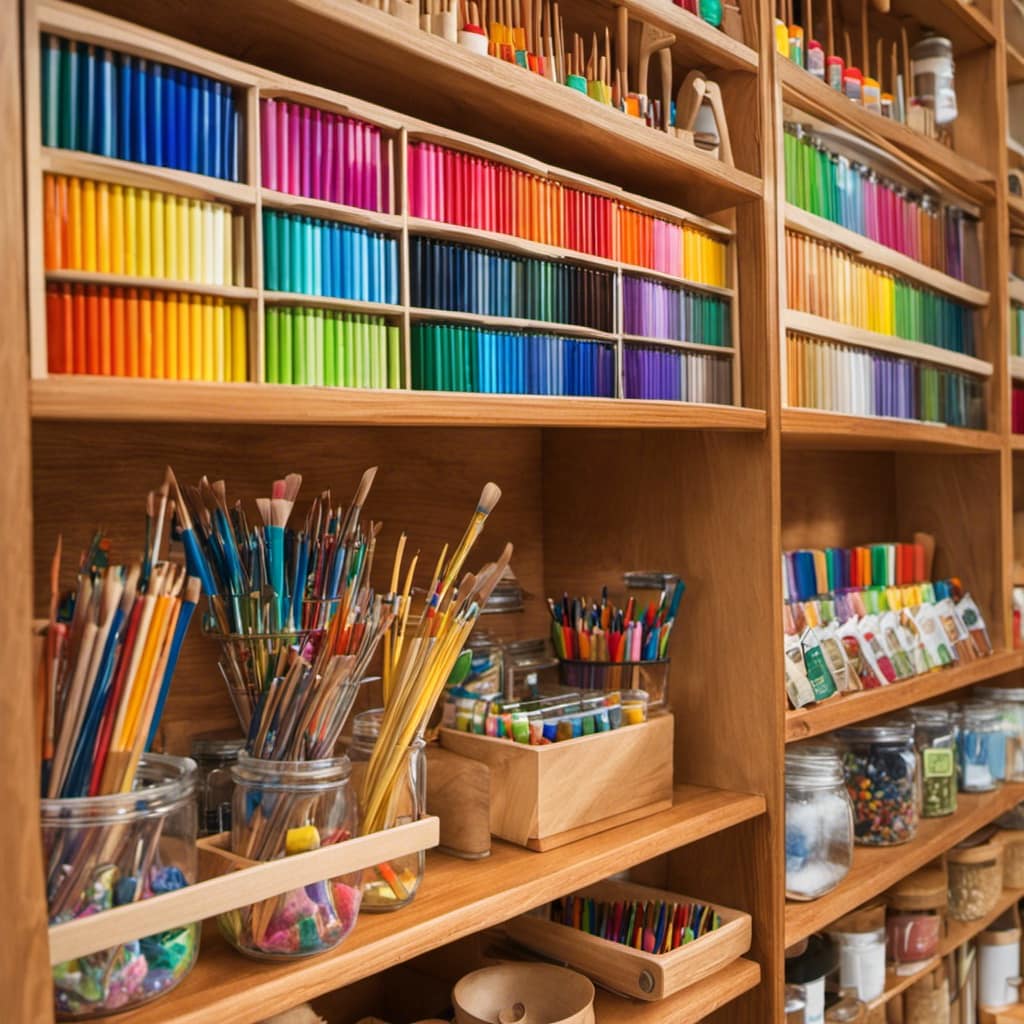
Conclusion
In conclusion, Montessori Language Materials have proven to be a powerful tool for language development in children.
Through their interactive and structured approach, these materials not only enhance language skills but also promote fine motor skills, creativity, critical thinking, and emotional intelligence.
By engaging with these materials, children can build a strong foundation for lifelong language success, setting them up for academic achievement and personal growth.
So, let us embrace the power of Montessori Language Materials and unlock the full potential of our children’s language development.






